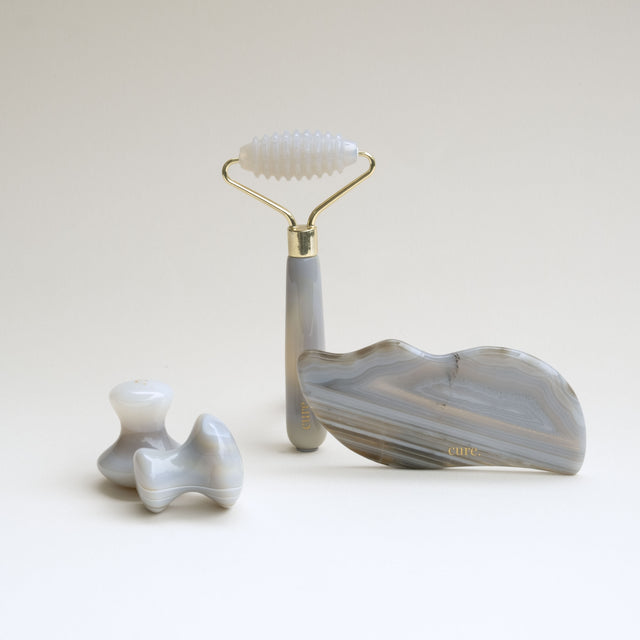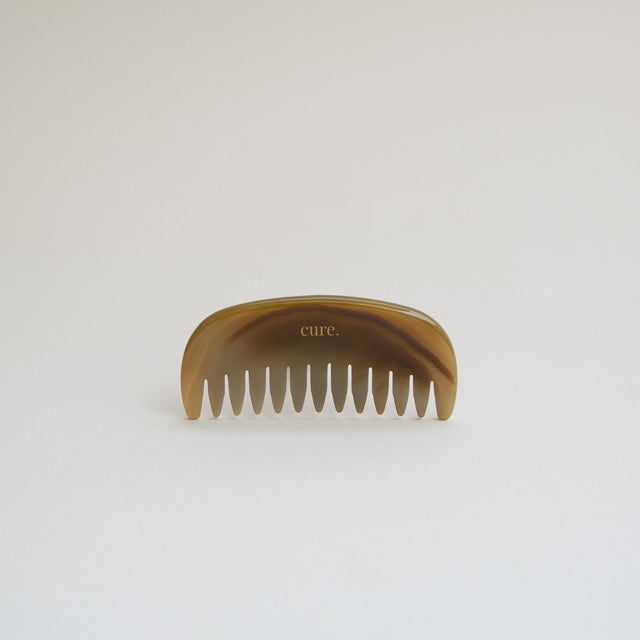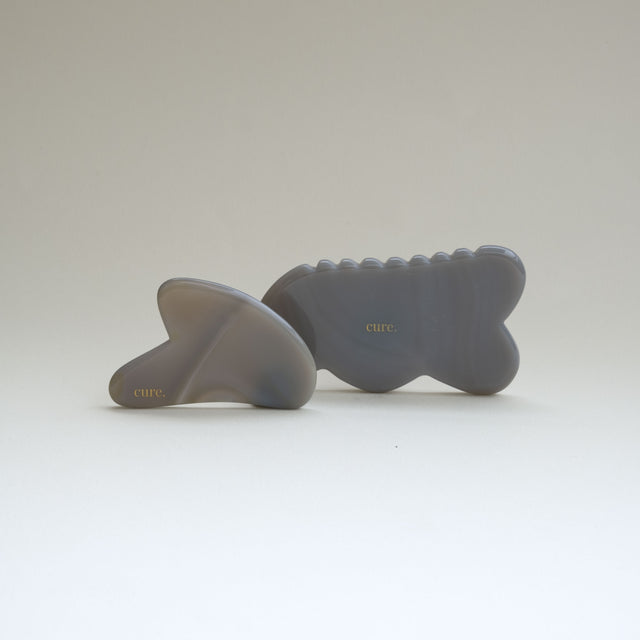Prevention and protection against pigmentation spots
Dark spots on the face and body (hyperpigmentation) can appear for various reasons. One of them is excessive sun exposure, but there are other factors that contribute to the occurrence of pigmentation spots.
Unlike sunburns, pigmentation spots do not appear immediately after sun exposure but rather emerge over time. They can form on any part of the body, but most commonly on the face, hands, and arms. The mechanism of hyperpigmentation is as follows: the color of the skin, hair, and eyes is determined by the pigment melanin, which is produced by specialized cells called melanocytes. Melanin is usually evenly distributed throughout the skin, but in some people, there may be areas of the skin where the concentration of melanin is higher or lower than normal. As a result, brown or gray spots appear on the skin.
In addition to UV radiation, hyperpigmentation can be triggered by the use of certain hormonal medications, inflammatory processes on the skin, as well as age-related changes. As we age, our skin becomes thinner and more vulnerable to the effects of external factors, including sunlight.
Preventing hyperpigmentation can be aided by comprehensive skincare:
- Protect your skin from UV rays. Try to sunbathe from 8:00 am to 11:00 am or from 4:00 pm to 7:00 pm, as this is the best time to achieve a safe and even tan.
- Take care of your skin after sunbathing by using special moisturizing lotions and creams that help soften and protect the skin from damage.
- Avoid visiting tanning beds.
- If you have problematic or sensitive skin, use special products that reduce inflammation and aid in its restoration.
- Starting from ages 30–40, incorporate skincare products with antioxidants, such as vitamins C and E, into your routine. These components normalize metabolic processes and activate regeneration, which serves as a kind of prevention against uneven tone and pigmentation.
- Use exfoliants. Hyperpigmentation can occur due to uneven exfoliation of the stratum corneum. Regular use of gentle exfoliants helps remove dead cells and normalize skin renewal processes. However, be cautious: choose products suitable for the season, especially protect your skin from the sun after exfoliating procedures, and don't overdo it with peels to avoid skin irritation.
How to reduce existing pigmentation?
Preventing pigmentation spots is easier than eliminating them. Pigmentation can be reduced with the help of chemical peels, hardware, and injection techniques, but these procedures are exclusively performed by cosmetologists. At home, you can use cosmetics with active ingredients that reduce pigmentation. These include azelaic, lactic, and salicylic acids, retinol, and vitamin C.








